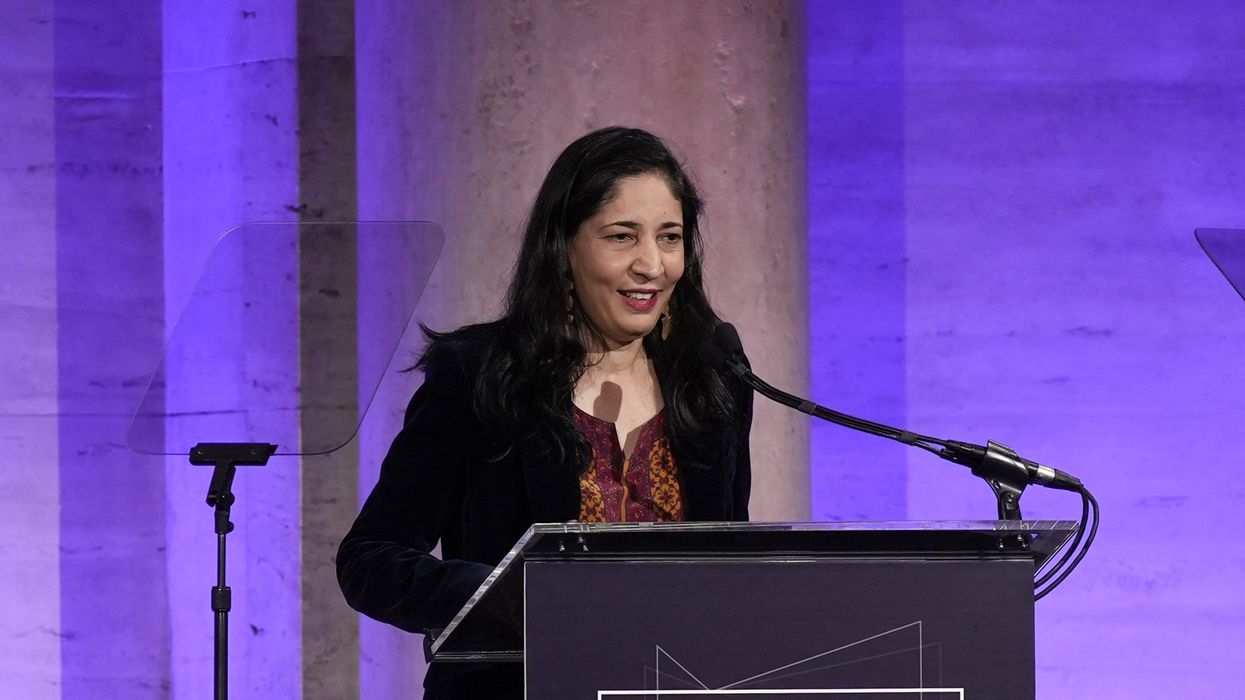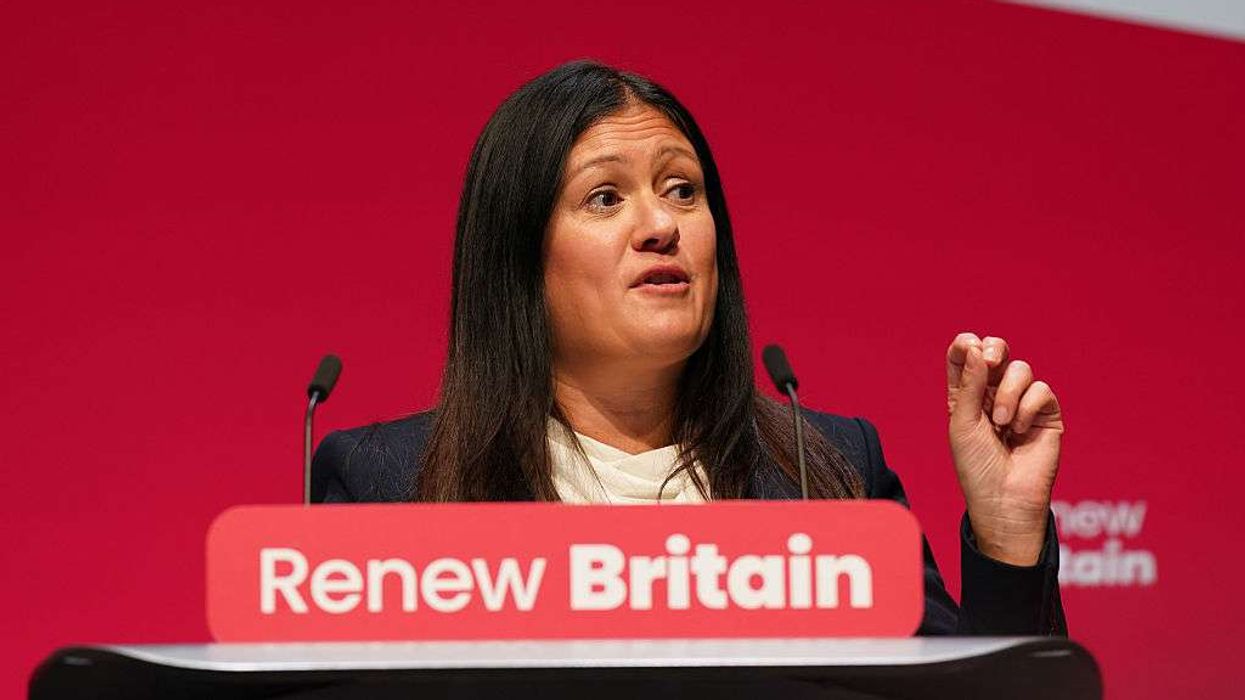BOOKER Prize-winning author Kiran Desai has been longlisted for the 2025 Booker Prize with her new novel The Loneliness of Sonia and Sunny. The book, described by the judges as “vast and immersive”, follows two young Indians in America.
Desai, 53, won the Booker Prize in 2006 for The Inheritance of Loss. Her latest work, published by Hamish Hamilton, is the longest book on this year’s list at 667 pages. Natasha Brown’s Universality is the shortest, at 156 pages.
“She has spent almost 20 years writing The Loneliness of Sonia and Sunny. Should she win this year, she would become the fifth double winner in the prize's 56-year history,” the Booker Prize Foundation said. It added that Desai’s mother, Anita Desai, was shortlisted for the Booker three times.
According to the Booker Prize website, the novel explores how Sonia and Sunny navigate forces shaping their lives, including country, class, race, history, and generational bonds.
The 2025 longlist was chosen from 153 submissions. It celebrates the best long-form fiction in English published in the UK or Ireland between October 2024 and September 30, 2025.
Roddy Doyle, Chair of Judges, said, “The 13 longlisted novels bring the reader to Hungary, Albania, the north of England, Malaysia, Ukraine, Korea, London, New York, Trinidad and Greece, India and the West Country. There are short novels and some very long ones. There are novels that experiment with form and others that do so less obviously. Some of them examine the past and others poke at our shaky present. They are all alive with great characters and narrative surprises. All, somehow, examine identity, individual or national, and all, I think, are gripping and excellent.”
Other books on the list include Love Forms by Claire Adam, The South by Tash Aw, Ending by Maria Reva, Flesh by David Szalay and Misinterpretation by Ledia Xhoga. British authors Natasha Brown, Jonathan Buckley, Andrew Miller and Benjamin Wood also feature, along with American authors Susan Choi, Katie Kitamura and Ben Markovits.
Gaby Wood, Chief Executive of the Booker Prize Foundation, said, “The stories are set all over the world, and as we looked through the books we began to notice that their authors, all of them writing in English, had come from many different places too… It's the highest number of different nationalities we've seen on a Booker Prize longlist for a decade – yet British writers are strongly represented too.”
Manasi Subramanian, editor-in-chief at Penguin Random House India, wrote on social media, “Oh wow! Kiran Desai's The Loneliness of Sonia and Sunny is longlisted for the 2025 Booker Prize 19 years after The Inheritance of Loss won. What a staggering return! (Out in September!)”
The shortlist of six books will be announced on September 23 at a public event at Southbank Centre’s Royal Festival Hall in London. The winner will be declared on November 10 at Old Billingsgate in London and will receive GBP 50,000. The six shortlisted authors will each get GBP 2,500 and a specially bound edition of their book.
(With inputs from PTI)






 Manavatty was selected for SNP's traditional fundraising auctionJohn Xavier
Manavatty was selected for SNP's traditional fundraising auctionJohn Xavier  Manavatty 71 is the flagship a tribute to traditionJohn Xavier
Manavatty 71 is the flagship a tribute to traditionJohn Xavier 





